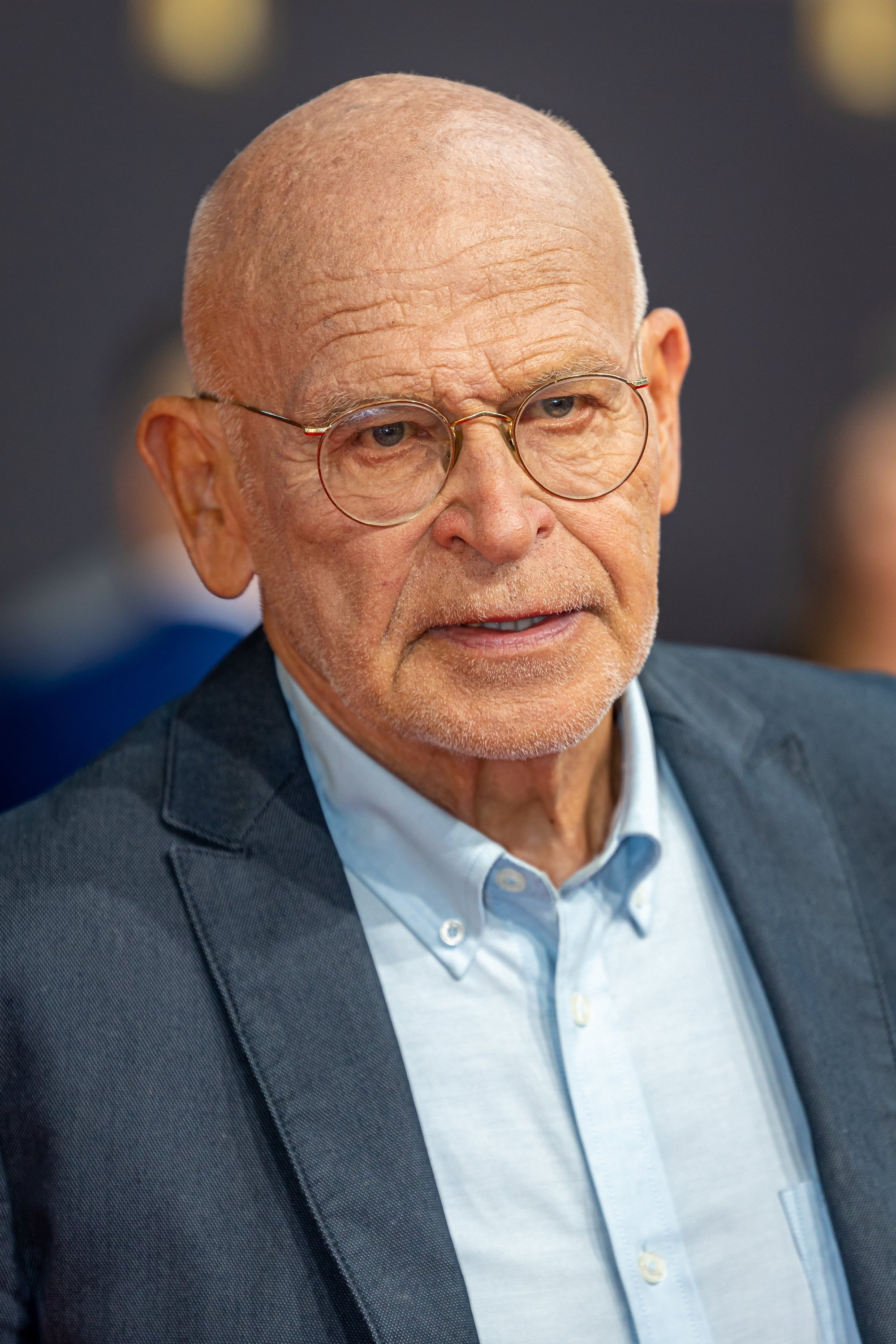
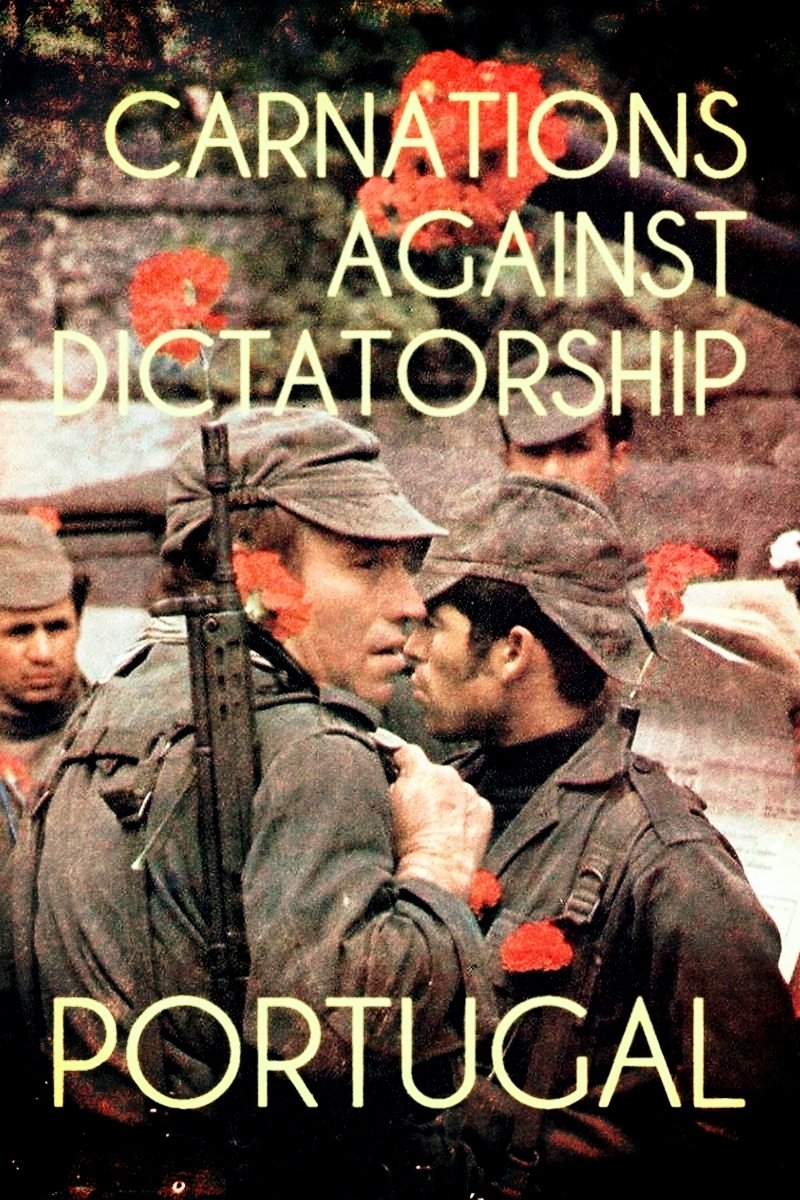
In Portugal, during the night of April 24-25, 1974, a peaceful uprising put an end to the last government of the Estado Novo, the authoritarian regime established in 1933 by dictator António de Oliveira Salazar (1889-1970), paving the way for full democracy: a chronicle of the Carnation Revolution.
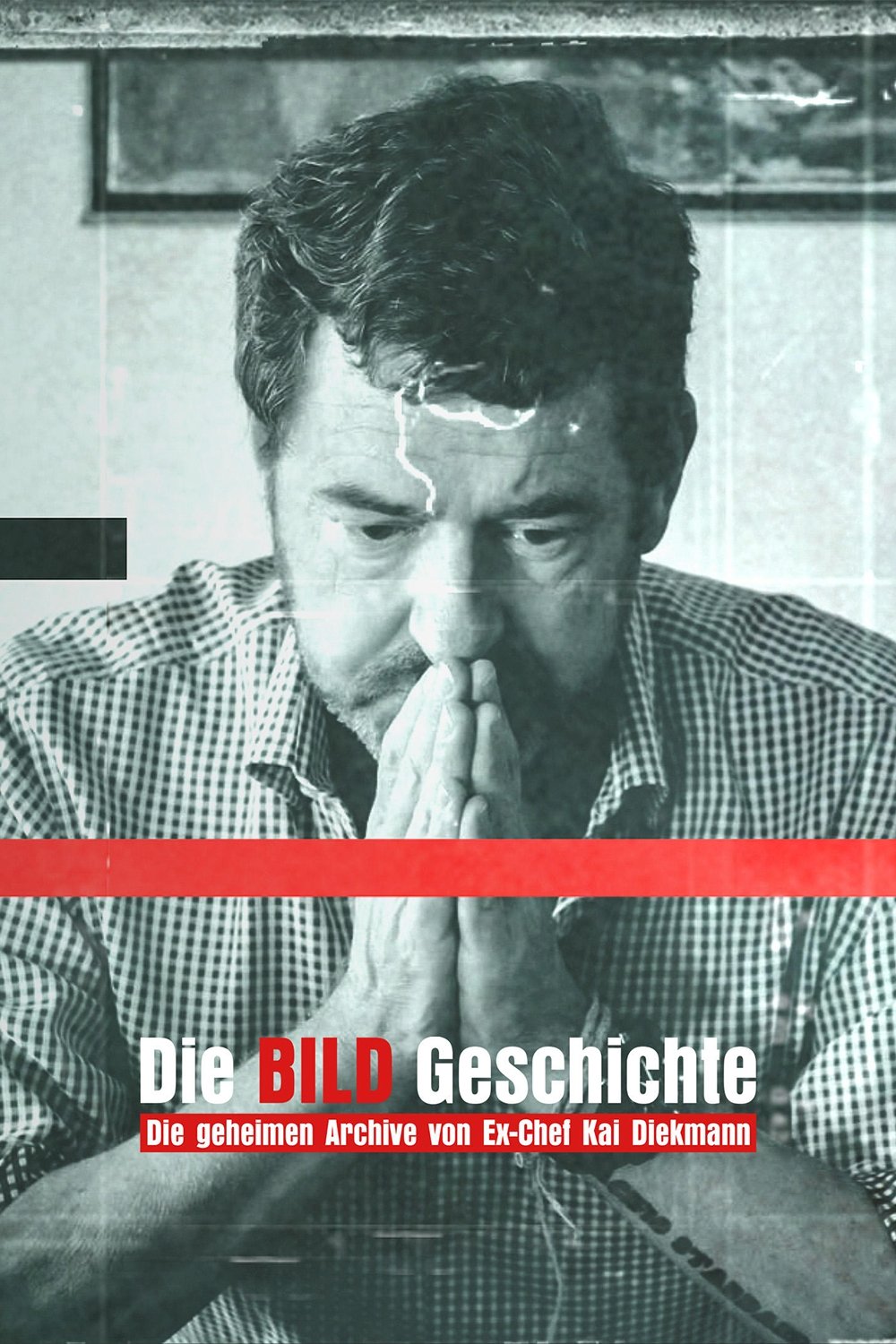
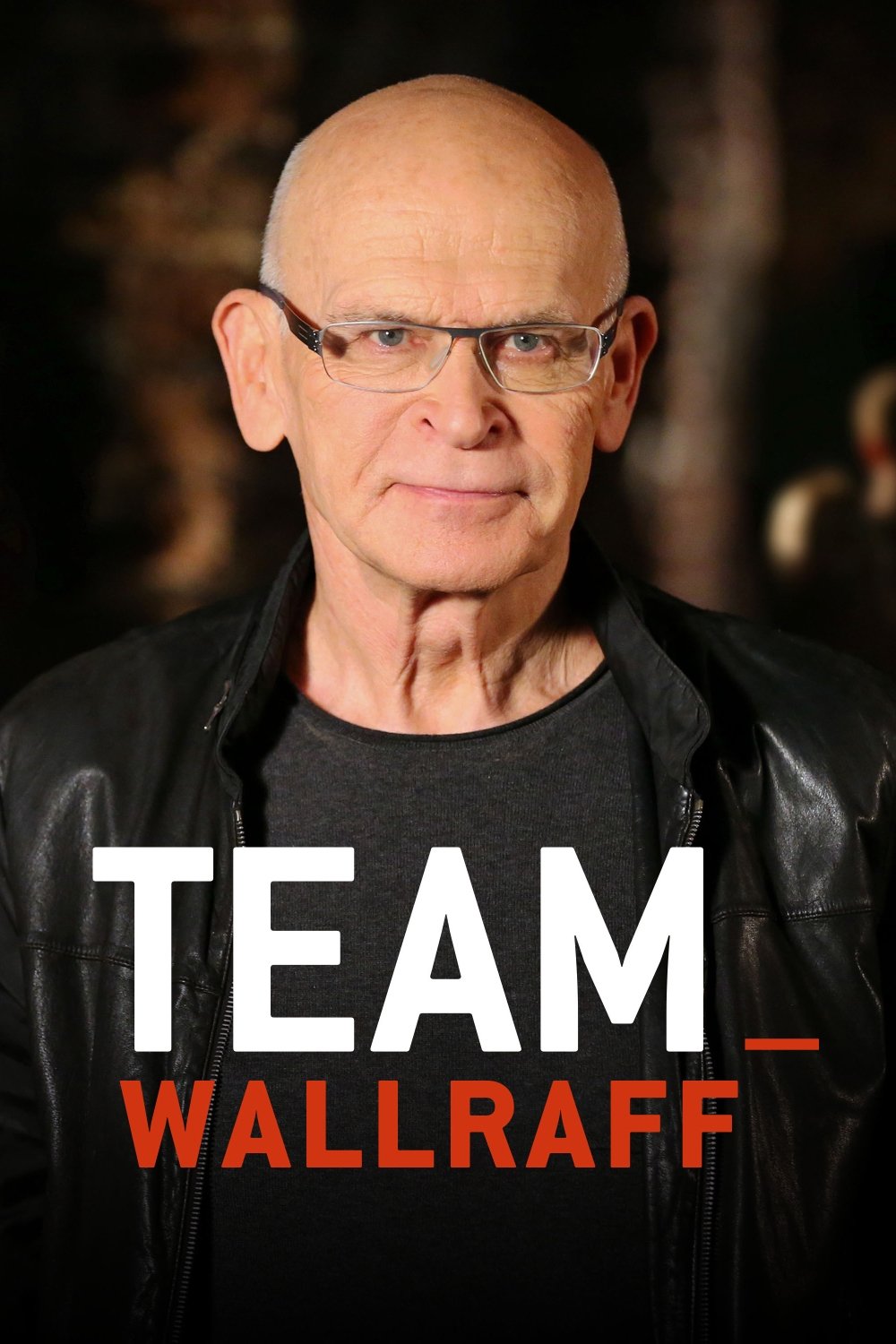
With her slap of the Federal Chancellor Kurt Georg Kiesinger in 1968, Beate Klarsfeld abruptly got known worldwide. The film highlights the significance of this act and its background. Beate Klarsfeld, born in Berlin in 1939 as Beate Künzel, is primarily known to people as "the woman with the slap" and as the Nazi hunter. In 1960 she went to Paris and met her future husband Serge Klarsfeld, whose father was deported to Auschwitz and murdered there. She was confronted with the darkest part of German history, about which she had learned nothing at school. Serge gave her books to read and made her actively deal with them. Since then, she has not let go of dealing with the crimes of the Nazi era. For them, it was always about "responsibility, not guilt".

This time, the undercover journalist Wallraff has taken on the subject of 'cheap production for large discounters' with a hidden camera. Under a different identity, he was hired by a large bakery in the Rhineland that supplied cheap rolls for Lidl.
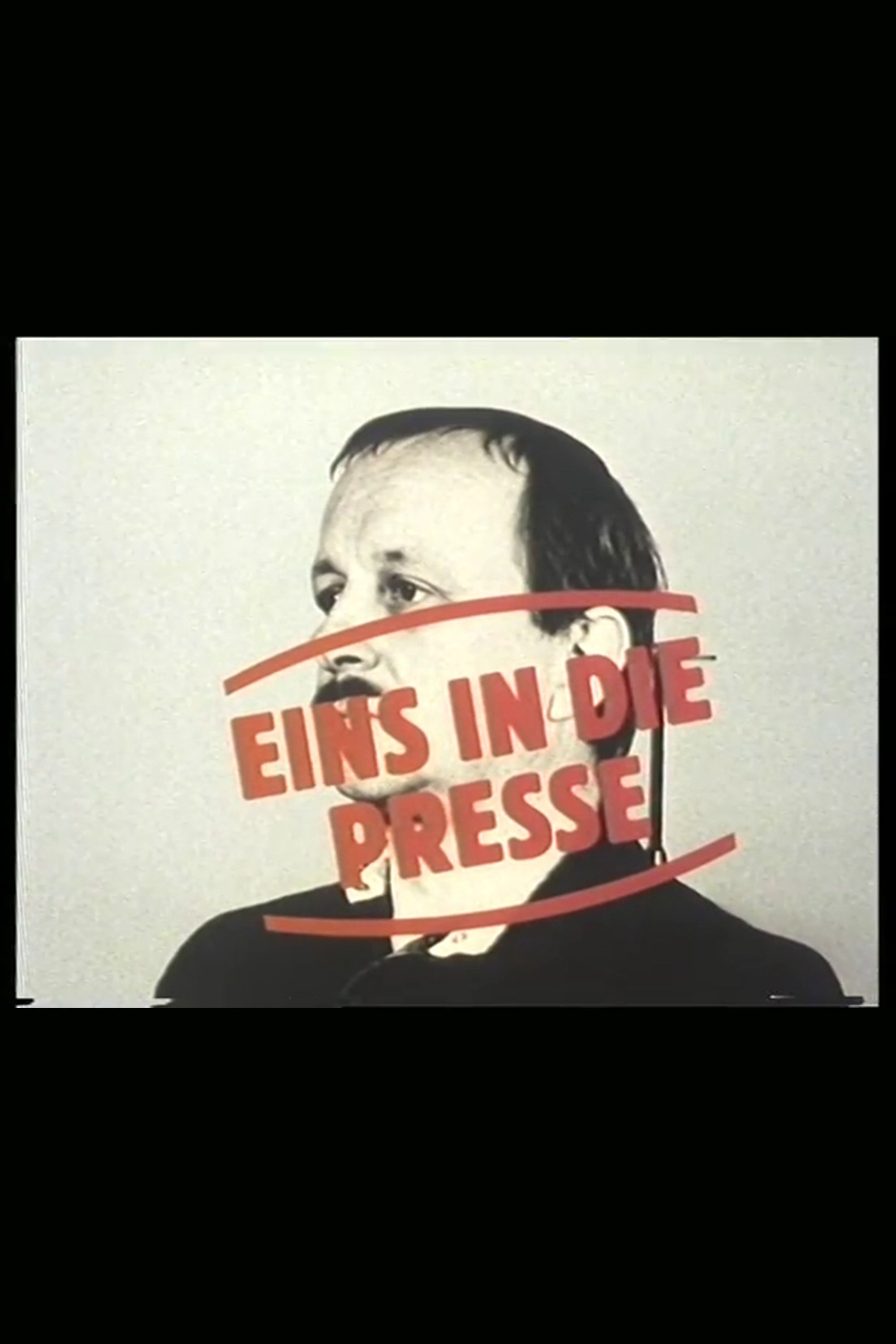
Günter Zint and companions answer questions from director Axel Engstfeld about the life and work of Hamburg's exceptional photographer. He takes the cameras and his camera into the depths of the Reeperbahn, to ordinary and extraordinary people of the era, to borderline experiences of the rule of law, anti-nuclear demonstrations and Günter Wallfraff's investigative journalism.

He had been in hiding for two years, had assumed a new identity as Ali Levent Sinirloglu, and even in his dreams only spoke broken German. He tried working as a farmhand on a farm, at McDonalds, on building sites and finally as a temporary worker, accepting every job that was offered to him as a Turk. What he experienced is shocking and almost unbelievable. But Wallraff learned from the reactions to his previous work and had the incomprehensible recorded with a video camera, which his friend and director Jörg Gfrörer - accompanying him as a Greek temporary worker - almost always carried hidden in his work bag. This black-and-white footage was supplemented by the recordings of our video team, which occasionally accompanied Wallraff during the two years where it was not noticeable. In the end, one hundred and six minutes of film were edited from around one hundred hours of video material.
By browsing this website, you accept our cookies policy.